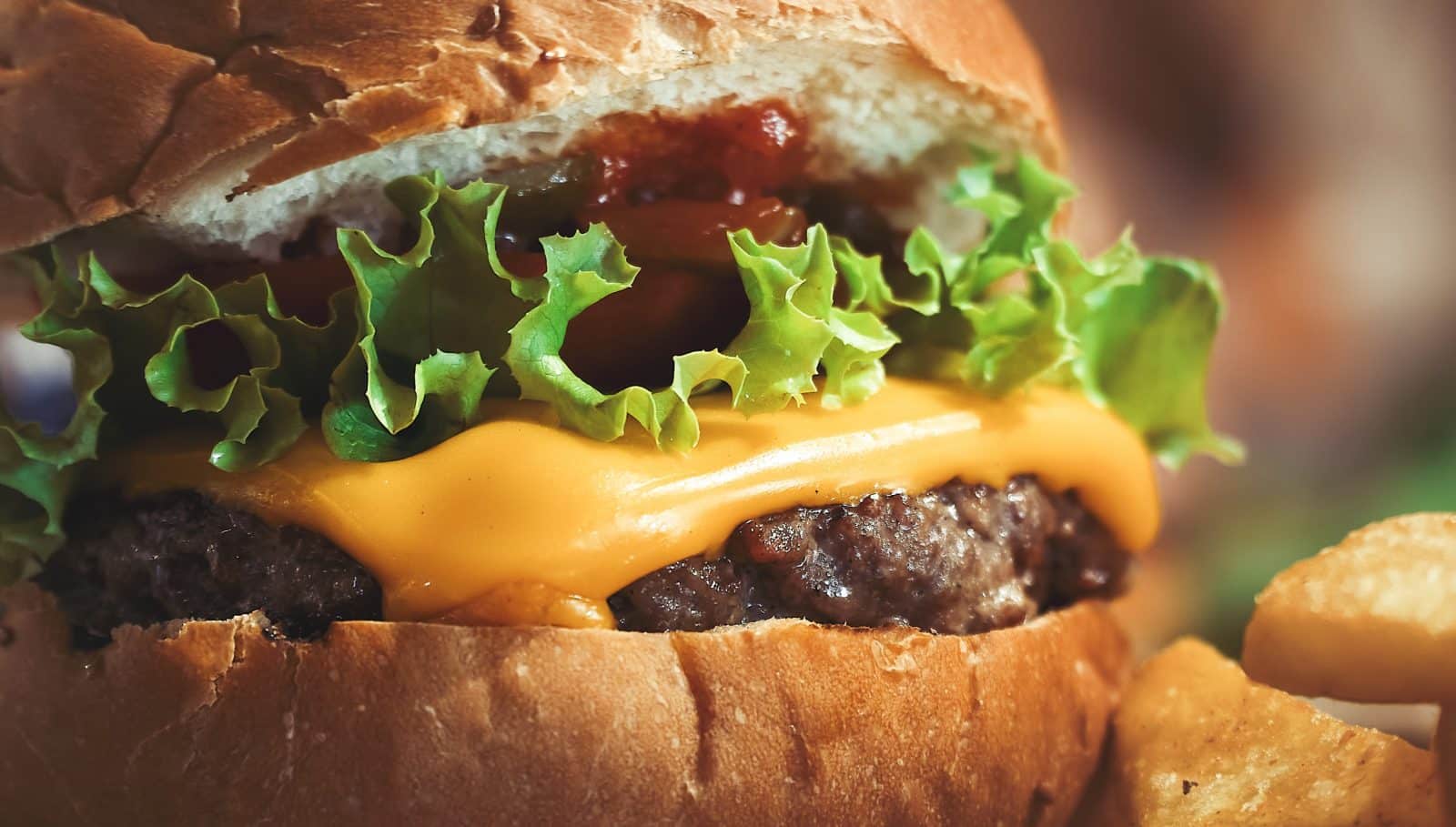With proper understanding and a strategy, trademarks can provide protection and value outlasting that of a patent.
Think about cheeseburgers and what comes to mind? McDonald’s. Wendy’s. Burger King. Culver’s. In-N-Out.
“They all offer cheeseburgers, but for me these trademarks indicate totally different experiences and flavors,” says James J. (J.J.) Saul, a partner at Faegre Baker Daniels in Chicago. “McDonald’s and Burger King are almost ubiquitous; you’re never too far away from one but they have different flavors.
“Burger King has the flame broiled thing going on. Jump to Culver’s in Wisconsin, and it’s a gut buster. Their burgers are absolutely delicious, but it’s going to slow you down a little bit. And then on the opposite end of that spectrum is In-N-Out Burger on the West Coast. It tastes healthier and it goes down quite easy. That’s the point of a trademark: it’s a word or symbol that represents to you the experience of the product or service.”
Saul, who focuses on protecting clients’ brands and content from counterfeiting, piracy and other trademark and copyright infringements around the globe, explains that when you see these trademarks, you think of flavors, conveniences or other aspects of the product — in sum, the product’s quality.
Trademark Basics
“Like other inventors and innovators, you’re developing new products,” says Saul who a has a specialty in plant-related trademarks. “When you’re developing new products, you think first about patents. You want the exclusive monopoly.”
But Saul begs you not to forget about trademarks. He says the value of trademarks can really match that of patents.
“Patents have a limited lifespan,” Saul says. If you handle your branding properly, you can develop a very valuable trademark.
“If you think about that exclusivity period, you are the only product of that type out on the market. You have the ability to build very strong trademark loyalty during that period and … that can carry the brand and product value on for years to come.”
Saul explains that if you develop trademark rights, you then have the ability to enforce those rights as well as the opportunity to exploit the trademark through licensing. However, proper naming is a must.
In the research field, inventors are tasked with coming up with brand new products and some get caught in a naming pitfall. Saul warns companies of “genericide,” which occurs when an intended trademark for a product becomes its generic name. Examples of genericide include “aspirin,” “cellophane,” “escalator” and “trampoline.” Each of these, he says, was a very valuable invention, but the inventing companies mishandled branding. They went to market with just one name.
Saul explains that new products need a name that everyone can use (generic) before they can have a trademark or brand name. Otherwise, your trademark could be used to essentially extend the life of the patent, which courts have rejected.
“Once the patent expires,” he says, “if you haven’t given your new seed variety a generic name for others to use and sell, then they can use your intended trademark to identify their products and you can no longer differentiate your products from the competition.”
In the case of KRB Seed Co., LLC (Serial No. 76/289,621), the U.S. Court of Appeals for the Federal Circuit determined: “[The] common sense notion [is] that when a new plant is created, it must be called something, and that when others begin to sell it after expiration of the breeder’s protection period they need to call it by the name that it is known or otherwise consumers will not know what they are buying.”
The critical period is when the product first hits the market. According to the U.S. Department of Agriculture’s Agricultural Marketing Service, “the name first used when the seed is introduced into commerce will be the name of the variety.”
A variety name should be unique to the kind of seed to which the variety belongs, and it should be different from other varieties of seed, unless the kinds are not closely related. Additionally, it should be different from your company name and different from existing trademarks.
“It’s important to search relevant resources, such as the Seed Regulatory and Testing Division in USDA’s AMS,” Saul says, adding that an ounce of prevention is worth a pound of cure.













